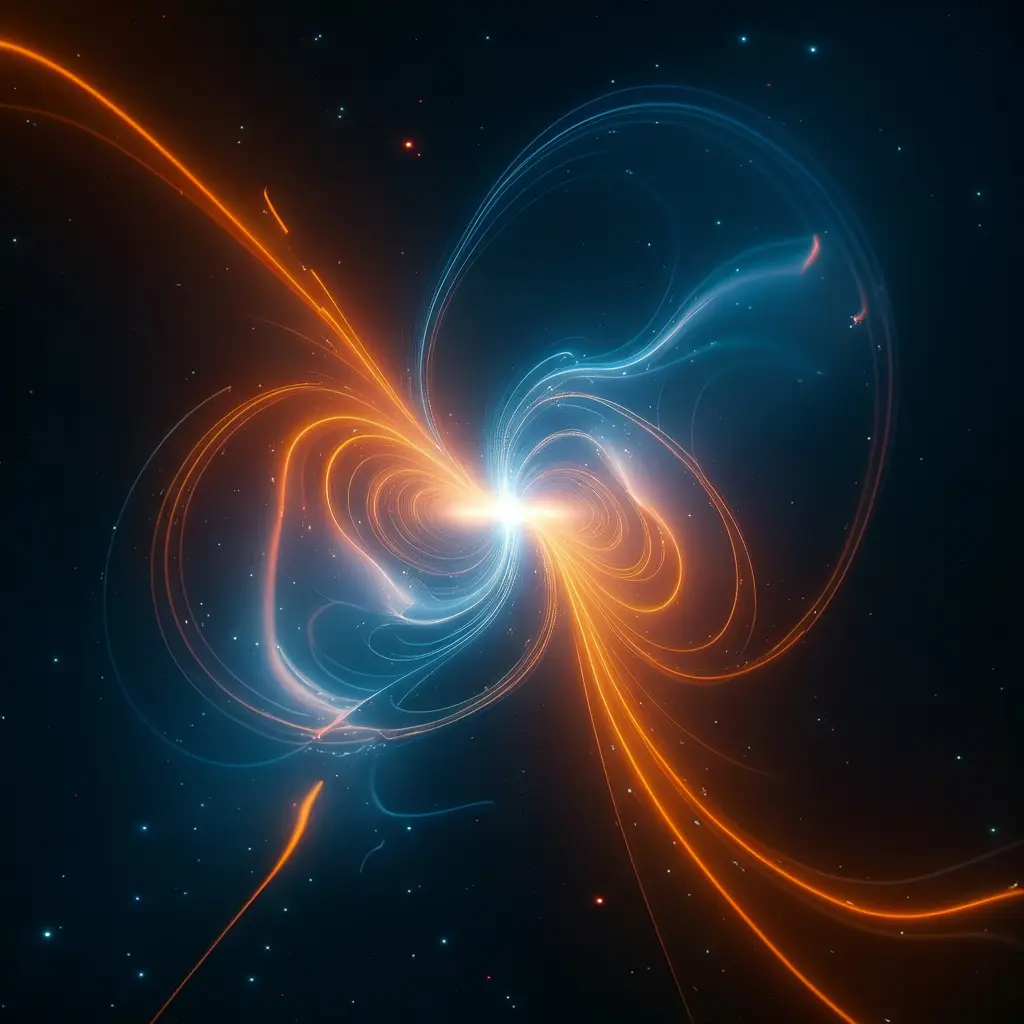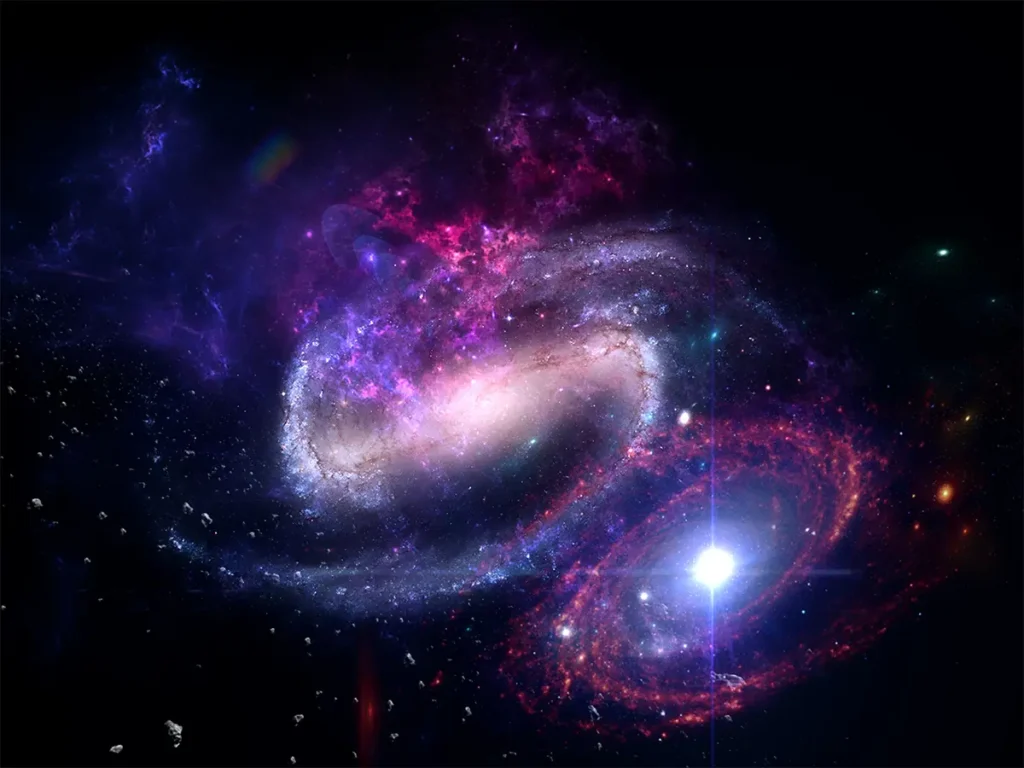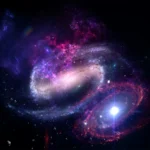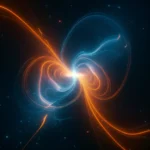Humanity has always looked up at the stars with wonder, questioning whether we are alone in the universe. Among the most captivating theories in the realms of science fiction, mythology, and speculative research is the idea of an ancient galactic war—a cosmic-scale conflict fought long before recorded human history. Could traces of such a war be hidden in ancient texts, archaeological findings, and unexplained phenomena? Let’s dive deep into the mysteries surrounding this extraordinary concept.
The Origins of the Galactic War Theory
The idea of cosmic battles is not a modern invention. Many ancient cultures describe wars of the gods—celestial beings battling each other in the heavens, often with humanity caught in the middle.
- In Hindu scriptures, such as the Mahabharata, there are descriptions of flying machines called Vimanas and weapons that resembled modern nuclear technology. Some researchers speculate these texts may preserve memories of advanced civilisations engaged in interstellar conflicts.
- The Sumerian myths mention the Anunnaki—extraterrestrial beings who descended from the heavens. Some interpretations suggest conflicts between these gods could be evidence of ancient cosmic rivalries.
- In Greek mythology, the Titanomachy (war between Titans and Olympians) has been interpreted by some as symbolic of a battle between advanced entities beyond Earth.
While mainstream historians consider these stories allegories or myths, alternative researchers propose they could be distorted accounts of real cosmic battles witnessed by ancient civilisations.
Could Advanced Civilisations Have Existed?
For a galactic war to have occurred, civilisations capable of space travel and advanced weaponry must have existed long before humanity. While science has yet to confirm the presence of such civilisations, several points keep this theory alive:
- The Age of the Universe – At 13.8 billion years old, the universe had ample time for intelligent life to evolve millions or even billions of years before humans appeared.
- Exoplanets in Habitable Zones – Planets like K2-18b and others within the habitable zone show potential for supporting life. If life exists there, it may have evolved to advanced stages.
- Technological Progression – Humanity went from basic tools to spaceflight in less than 10,000 years. Other civilisations could be millions of years ahead of us, possessing unimaginable technology.
If such civilisations existed, the possibility of conflicts—driven by resources, survival, or expansion—becomes plausible.
The “Star Wars” of Ancient Myths
The concept of Star Wars is deeply embedded in many traditions. Ancient records often describe weapons of mass destruction unleashed from the sky:
- Brilliant lights resembling lasers or energy beams.
- Thunderous blasts like explosions.
- Flying chariots that resemble spacecraft.
For example, the Mahabharata describes a weapon so powerful it reduced thousands of warriors to ash, echoing the destructive power of nuclear devices. While sceptics argue these are symbolic metaphors, others see them as ancient eyewitness accounts of advanced warfare.
Evidence in Archaeology and Ancient Structures
Some researchers argue that archaeological mysteries could be linked to remnants of ancient conflicts:
- Unexplained ruins – Sites like Mohenjo-Daro in Pakistan show signs of sudden destruction, with some skeletons found highly radioactive. While mainstream science attributes this to natural disasters, others connect it to advanced weapons.
- Megalithic structures – Ancient monuments like the pyramids, Stonehenge, and Baalbek remain unexplained in terms of construction technology. Some suggest they could be remnants or bases related to extraterrestrial activity.
- Space debris and anomalies – Scientists have discovered odd metal fragments in meteorites and unexplained objects orbiting Earth, sparking speculation about ancient space battles.
Galactic War and the Fermi Paradox
The Fermi Paradox asks: if intelligent life is common in the universe, why haven’t we found evidence of it? One chilling possibility is that advanced civilisations may have destroyed each other in conflicts—a cosmic-scale war that wiped out or silenced many species before they could contact us.
This idea, sometimes called the Great Filter Theory, suggests that civilisations may often collapse at their peak of technological development, often due to warfare. If true, ancient galactic wars might explain the eerie silence of the cosmos.
Why Would Civilisations Go to War?
If interstellar civilisations existed, what would drive them to battle? Possible reasons include:
- Resource scarcity – Even advanced species may need energy-rich planets, water, or rare minerals.
- Territorial expansion – Just as empires on Earth fought over land, galactic empires may fight over star systems.
- Ideological or cultural differences – Civilisations might clash over values, beliefs, or control of less advanced species.
- Survival – A preemptive strike against a rising rival could be seen as necessary for survival.
In this context, Earth might not be a passive observer but part of a galactic chessboard where larger powers once battled.
Modern Science and Galactic War Hypotheses
Though scientists don’t officially endorse the galactic war theory, several areas of research indirectly connect to it:
- Search for Technosignatures – Researchers are looking for evidence of advanced civilisations, such as radio signals, artificial light, or industrial pollution in exoplanet atmospheres.
- Oumuamua and Interstellar Objects – Some scientists speculated that Oumuamua, the cigar-shaped object that passed through our solar system, could have been an alien probe. If so, was it scouting after ancient conflicts?
- Dark Forest Hypothesis – Popularised by author Liu Cixin, this theory suggests civilisations remain silent to avoid being destroyed by others in a hostile galaxy. Could this silence be the aftermath of ancient wars?

Galactic Wars in Popular Culture
The idea of an ancient galactic war has fueled countless books, movies, and games:
- Star Wars depicts interplanetary empires locked in endless battle.
- Stargate explores ancient alien gods waging war across galaxies.
- Mass Effect imagines civilisations destroyed by powerful entities in cycles.
While fictional, these stories may resonate because they echo myths and the tantalising possibility that humanity’s history is connected to something much greater.
Conclusion: Myth or Hidden History?
The notion of an ancient galactic war sits at the intersection of mythology, archaeology, and speculative science. Whether it’s symbolic storytelling or distorted memories of real cosmic conflicts, the idea captures our imagination and raises profound questions about humanity’s place in the universe.
If such wars did happen, Earth may have been a silent witness—or even a battleground—of a struggle that shaped the stars long before us. And if civilisations once waged war across galaxies, the question remains: will humanity repeat their mistakes when we reach the stars?
References (for further reading):









